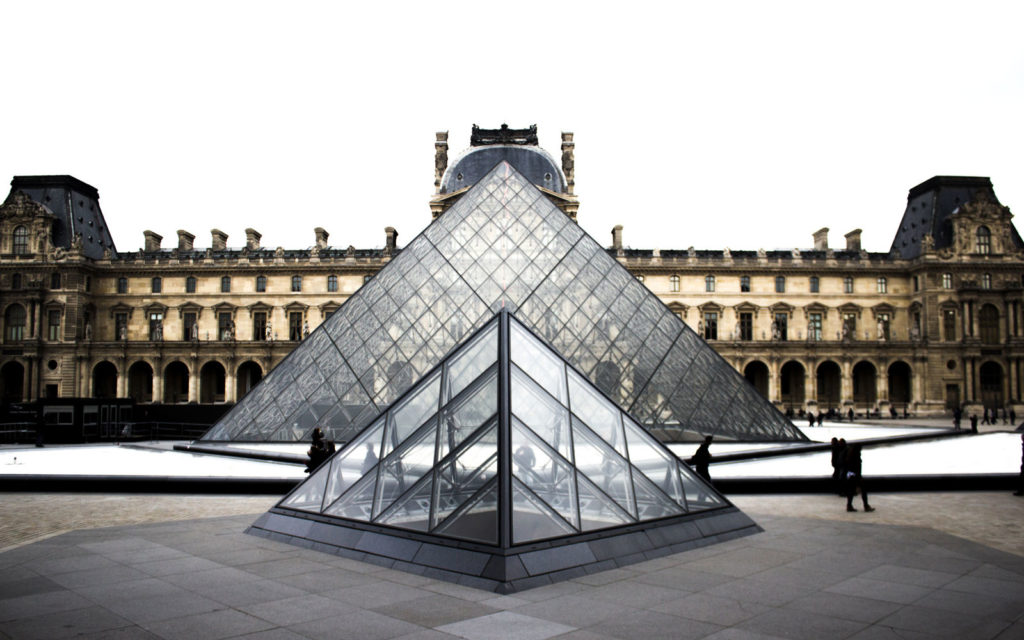Articles
Islamic Art in the Louvre
Article author: FUNCI
Date of publication of the article: 20110624
Year of publication: 2011
Song of the world. The Art of Safavid Iran, 1501-1736
Since 7 january 2008
Visual arts and the written word are closely linked in Iranian culture, where the ultimate theme is the world’s grandeur, a divine creation. This relationship—equally well defined in painting as in object art in which literary metaphors are portrayed through motifs—became more pronounced during the Safavid era (1501-1736). Designed as an anthology of remarkable artworks, some of which are hitherto unpublished, this exhibition and the accompanying book examine for the first time this fundamental aspect of a conceptual art, governed by symbols. Often misunderstood, Iranian art may give the illusion of being devoted to decoration. Yet every detail is in fact imbued with meaning to which Persian literature holds the key.
A pre-Islamic past pervades this four thousand year-old culture. In manuscript painting, figures from Iranian antiquity, like those from the Old Testament, are portrayed as characters from the Islamic era. Thus the past becomes a metaphor of the present, as illustrated by the titulature of rulers readily referred to by their panegyrists as a “Second Rostam” or “Second Alexander.” The art and literature of Iran have been admired from Ottoman Turkey to Mogul India, where both have given rise to imitations. The exhibition displays little-known examples of this borderless Iranian art.
Souren Melikian
Exhibition commissioner


